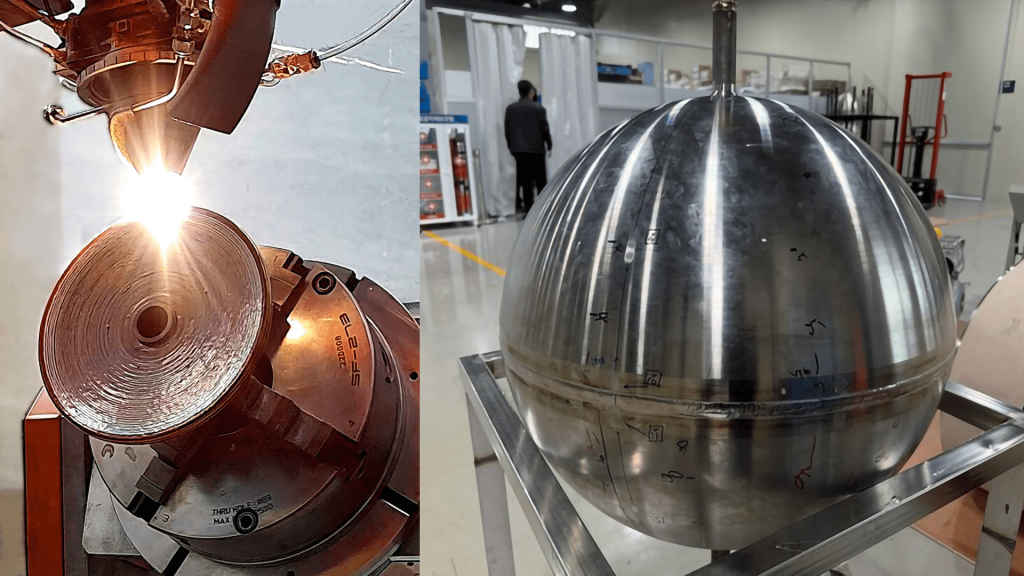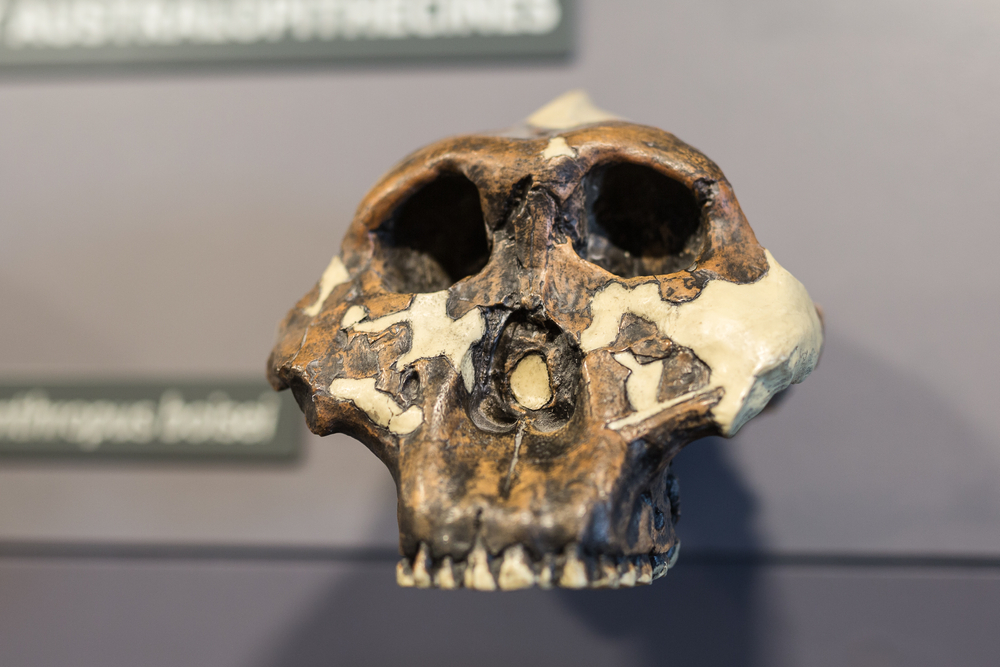Now Reading: Yellowstone Unveils New Hydrothermal Feature
-
01
Yellowstone Unveils New Hydrothermal Feature
Yellowstone Unveils New Hydrothermal Feature

Rapid Summary
- New Hydrothermal Feature at Yellowstone: A new hydrothermal feature emerged near Nymph Lake in Yellowstone National Park during the summer of 2024.
- Revelation Details: The site was spotted by a park scientist adn confirmed by geologists. It features steam emanating from a water-filled vent, with gray silica mud covering the area, indicating its novelty.
- Location and Attributes: The feature sits at the base of a rhyolite lava flow within the Roadside Springs thermal area.Temperature readings show it reaches 171°F.
- Connection to Older Feature: It is indeed suspected that this new advancement might potentially be linked to another hydrothermal feature formed in 2003, based on geological fault structure alignments.
- Current State: While active into late fall of 2024, activity diminished during the winter as water limited steam production. Researchers remain uncertain about future activity.
Read More: Magma Beneath Yellowstone Appears to be on the Move
Indian Opinion Analysis
The emergence of this new hydrothermal feature in Yellowstone is a reminder of Earth’s dynamic geothermal systems and continuous geological evolution. For India-home to its share of volcanically influenced regions such as Barren Island-it highlights how natural phenomena like volcanic and geothermal activity create opportunities for scientific understanding while posing potential environmental risks.
This discovery also emphasizes meticulous monitoring and research efforts that safeguard public information regarding geologically sensitive areas-a practice equally relevant for India’s active seismic zones such as those near Himalayan tectonic plates or Andaman volcanic belts. collaboration with global scientific institutions like USGS could provide valuable insights into hazard preparedness strategies.
Yellowstone remains an exemplar for tracking long-term environmental changes amid active magmatic processes; similar observations could strengthen India’s efforts in conservation science. Global sharing of lessons learned serves not only academic goals but ensures safer interaction between humanity and nature’s volatile forces.
Read More: Microbes in Yellowstone Thermal Pools Could Shed Light on Ancient Life

























